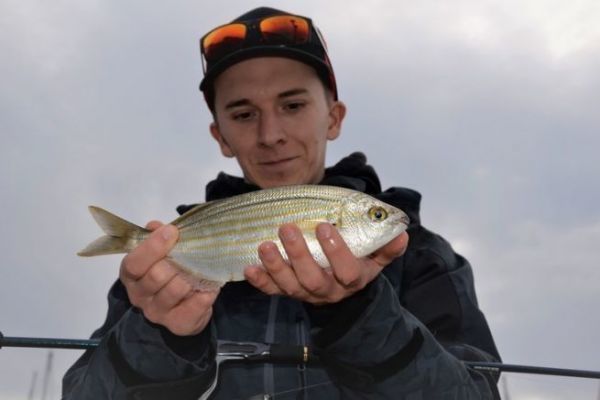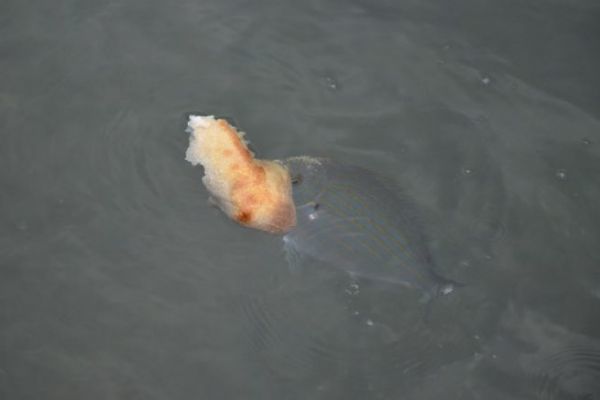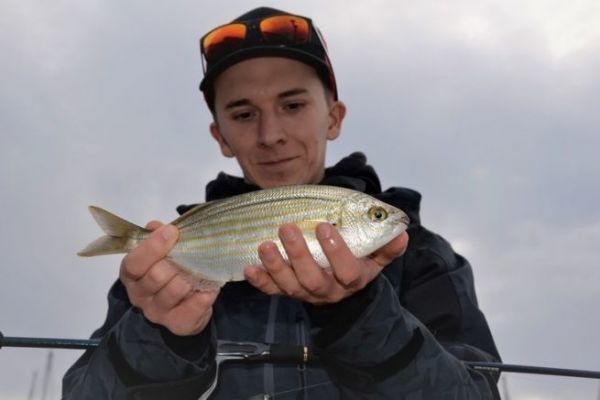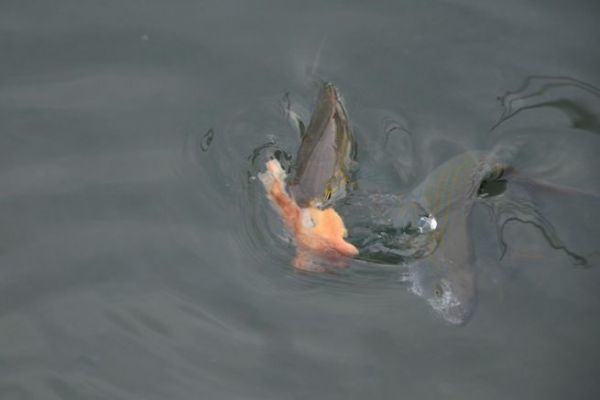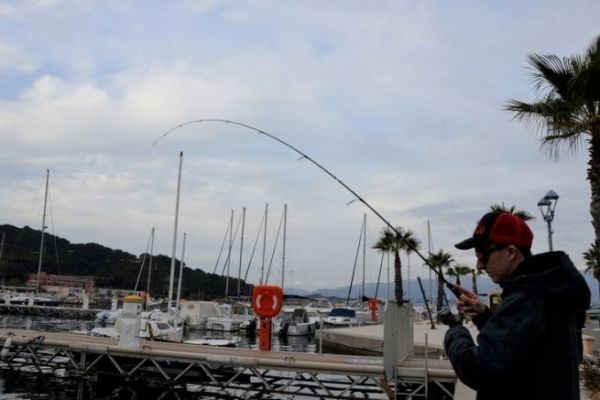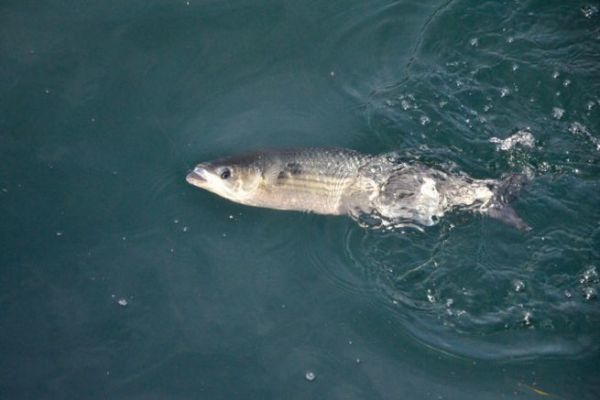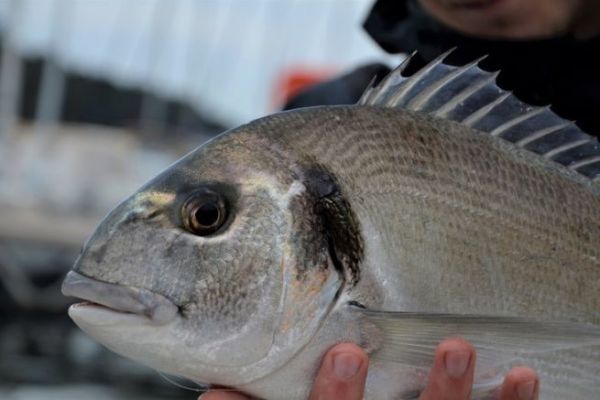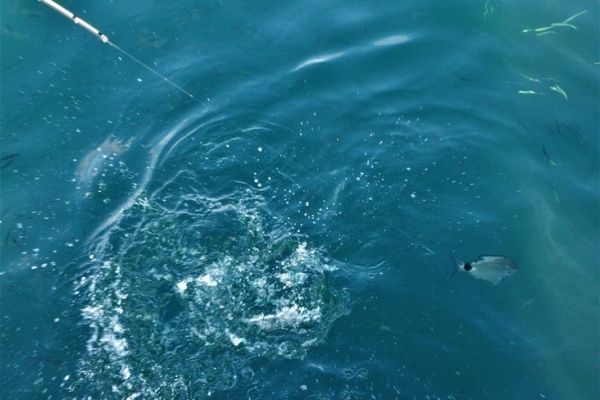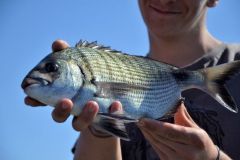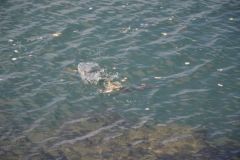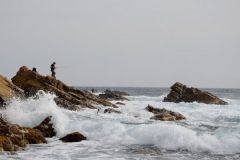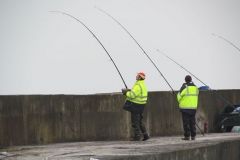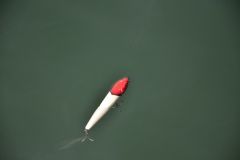The behavior of the saupe
When fishing for bread, saupe is one of the fish that is found in very large quantities. It is often the first species that appears after baiting. It generally moves in school of about fifty individuals of different sizes. These schools often move, in search of easy food, along the coast.
Saupe is not a particularly wary fish and feeding frenzies are easily established within a school. Schools of saupe quickly rise through the water when a bait is spotted. The school is usually held at a depth of 1 to 2 meters and, in turn, 2 to 3 individuals of the group climb onto the bait. Taking advantage of their small sharp teeth, they violently tear off a piece of bread and then quickly go back down to the bank.

Targeting saupe by fishing with bread
Given the behavior of the sauper, we can adapt our equipment and fishing technique to target them among the various fish that may be attracted to the bread.
The sausage having a tendency to nibble the crusts on the surface and to disintegrate them, there are always small pieces which sink slowly and which are intercepted by their congeners. It is these small pieces that we will try to imitate. To do this, I recommend the use of a small treble hook, between size 12 and 16.
The smaller the hook, the more it will allow us to create a small ball that can be sucked into the small mouth of a saupe. Ideally, form a ball of crumb that is not too tightly packed so that it sinks without sinking too quickly. You can quickly observe the larger, more wary individuals stopping 30 to 40 cm short of the surface to retrieve your ball.
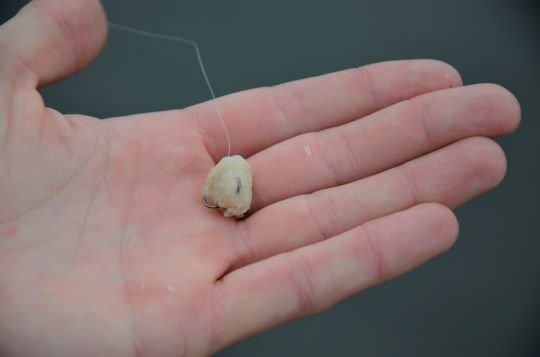
Some useful tips
Don't give the saupe too much time to nibble on your ball, otherwise it could easily pull it off your hook. The hooking should be done 1 to 2 seconds after the strike. Use a short baiting distance, which will allow you to select the largest fish. Once a fish is hooked, the school tends to get scared and run away. It is therefore essential not to hook a very small fish that could make the big fish run away.
Once you've hooked a nice fish, try to keep it as far away from the bait as possible for the duration of the fight. The landing should also be done from a safe distance. If you follow these conditions, the school should stay put and continue to feed on your bait, giving you a chance to make another catch.

 /
/ 